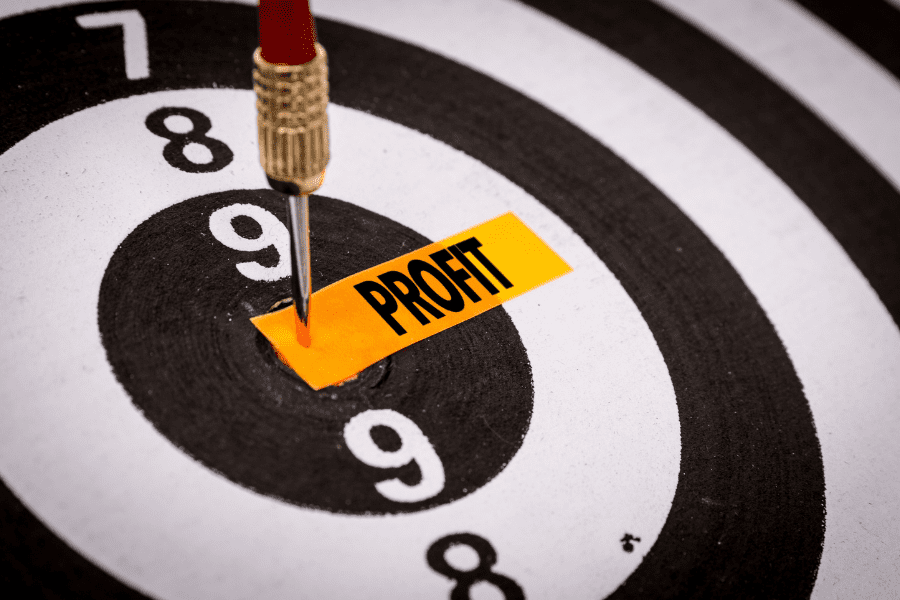“Did you know that growing landscaping firms aim for profit margins of up to 45%—compared to just 15% for new businesses?” That striking contrast reveals how pricing strategy isn’t just maths, it’s your path to sustainable growth YourAspireSoftwar- Source, Attentive- Source.
As a hardscaping business owner or outdoor-living firm leader hoping to scale, mastering pricing—without undervaluing your craftsmanship—is mission-critical. In this post, you’ll learn how to strategically calculate costs, position your services, and quote with confidence.
By the end, you’ll have a smart system to calculate overhead and profit margin for hardscaping, implement hardscaping pricing models, and fine-tune competitive hardscaping service rates for sustainable growth.
1. Know Your True Costs: Direct Costs + Overhead

You can’t price strategically without accurately tracking direct costs—labor, materials, equipment—and your indirect costs or overhead (like rent, insurance, marketing) include - Source, Service Autopilot - Source.
Direct costs: labor (including benefits, taxes), materials, equipment usage.
Overhead: office rent, software, marketing, admin, vehicle expenses.
Example: If your weekly overhead runs $4,000 and your team logs 280 labour hours, your overhead per hour is about $14.29 Service Autopilot - Source.
How many jobs have you under priced simply because you forgot to account for that overhead properly?
2. Choose the Right Pricing Model

Hardscapers typically use:
Flat-rate pricing: You estimate total cost (materials + labor + overhead) and add a markup.
Hourly/time-and-materials: Simple but risky—it’s harder to guarantee margins Service Autopilot - Source, Jobber - Source.
For predictability and client confidence, flat rates are often best—but only if your estimates are precise.
3. Target Healthy Profit Margins

Industry benchmarks help assess healthy targets:
- Landscaping (overall): Net profits often range from 5–20%, with top firms hitting 20%+ Real Green - Source, Horizon Distributors - Source.
- Hardscaping/design/build services usually command higher gross margins—25–40%+ due to specialised skills and materials BusinessDojo - Source.
- Some owners report 10% net profit as a low floor, 15–20% as target, and 20%+ for fast scaling synkedup - Source, Next Insurance Source.
On Reddit, one operator notes net margins shrink from 20–30% when operating as an owner-operator to 10–15% after scaling, because of increased overhead Reddit - Source.
4. Calculate Prices with Confidence

Follow a structured formula:
- Estimate total direct cost = labour + materials.
- Compute overhead hourly rate = total overhead ÷ labour hours.
- Estimate overhead cost = overhead rate × labour hours for the job.
- Total job cost = direct cost + overhead.
- Set profit margin, say 20%.
- Final price = Total job cost ÷ (1 – profit margin) Jobber - Source, Service Autopilot - Source.
Example: If total costs are $10,000 and you aim for 20% profit:
Final Price = Total Job Cost ÷ (1 – Desired Profit Margin)
5. Benchmark Against the Market, But Don’t Pitch Too Low

Hardscaping jobs (patios, paths, masonry) often price between $15–$30 per sq ft Cutter\'s Landscaping - Source. Project-based, they commonly range $5,000–$18,000 depending on scope Insurance Canopy - Source, P&G Landscaping LLC - Source.
Tip: Use market rates to set your ceiling—but stay profitable. Undercutting rivals erodes trust and hampers growth.
Ask yourself: Are my rates strategically competitive or unintentionally cheap?
6. Add Value Through Specialisation & Positioning

Hardscaping firms that specialise in specific services often outprofit generalists. In one account, one firm’s maintenance arm netted 23%, while hardscaping barely broke even; in another, it was reversed, all due to focus, training, and systems Hardscape Magazine - Source.
Conclusion
To price your hardscaping services competitively—and sustainably—remember:
- Accurately account for direct costs and overhead.
- Choose the right pricing model—flat rates usually yield better profit.
- Aim for net margins of 15–20%, or higher if scaling.
- Use structured formulas to quote confidently.
- Benchmark—but don’t cave on price.
- Specialize and offer value, not just features.
Ready to grow smarter, not harder? Book a call with our agency to discuss your marketing needs as a growing business
FAQ
Aim for a net profit margin of 15–20%, or more if scaling. Hardscaping and design/build projects often support 25–40% gross margins BusinessDojoRealGreen Blog - Source.
Flat-rate allows for predictable, value-based pricing—if you accurately estimate costs. Hourly rates may leave you vulnerable if efficiency varies Service Autopilot, Jobber - Source.
Divide your total overhead by total labor hours to find an hourly overhead rate, then multiply by job hours to include in your quotes Service Autopilot - Source
Ready To Get Your Marketing On A Better Track?
